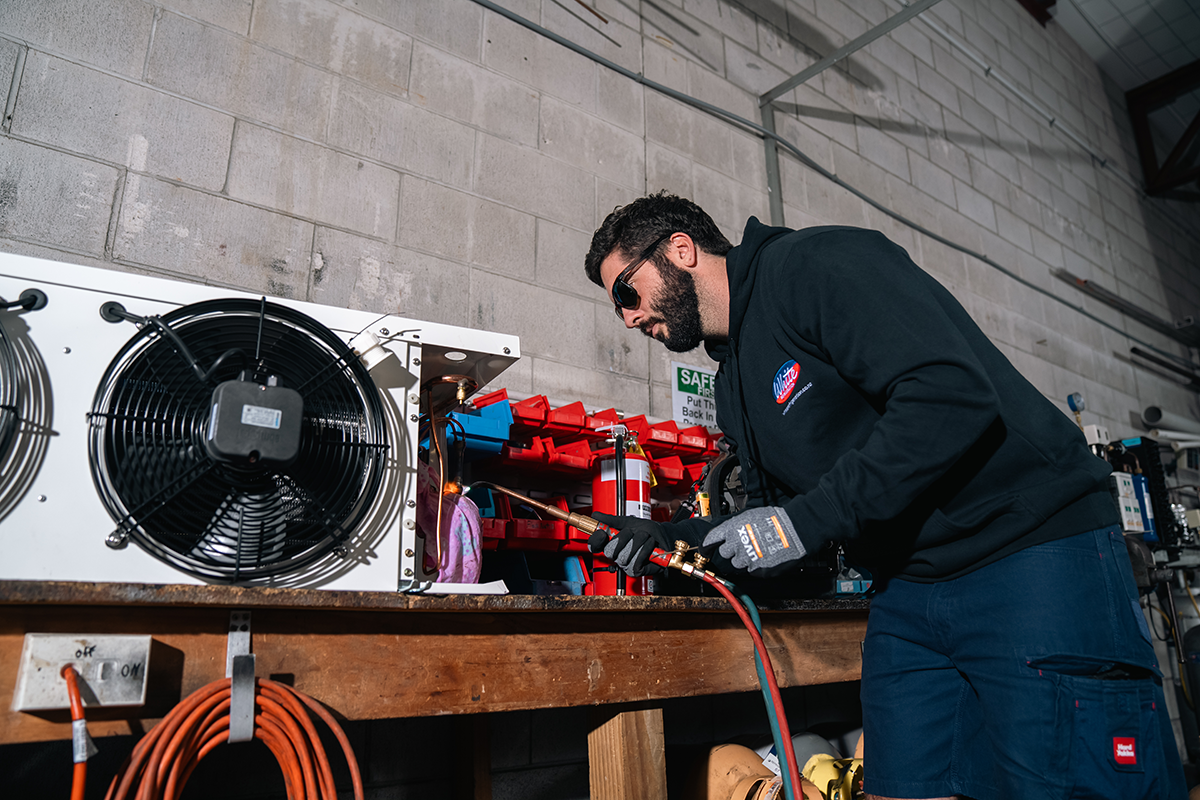
One of the most significant penalties for non-compliance is failing to appoint an Independent Qualified Person (IQP) who is registered with the Council and can certify that a building is up to date with its annual BWoF certificate requirement. If a building owner fails to do this, they may be fined up to $200,000. Additionally, if a building is found unsafe or non-compliant, the building owner may be required to make repairs or upgrades at their own expense.
IQPs are required to maintain their certification and re-apply to ensure their status. This is important for them to stay updated on relevant regulations. Additionally, IQPs must submit their service certifications (e.g., for air conditioning) before the BWOF renewal date.
It’s an annual certificate issued by an Independent Qualified Person (IQP) that verifies that all the building’s safety systems meet the Building Act and Building Code requirements.
The BWoF covers everything in the building, including air conditioning, lifts, fire systems, and emergency lighting. It must operate to the required standards set by New Zealand and Australian standards. Each aspect of the building infrastructure and services must have its own certification to prove it is current with the required maintenance and servicing schedule. For air conditioning, strict maintenance schedules must be followed, often requiring monthly or quarterly checks. To find out more about BWoFs and compliance, click here.
One of the most significant penalties for non-compliance is failing to appoint an Independent Qualified Person (IQP) who is registered with the Council and can certify that a building is up to date with its annual BWoF certificate requirement. IQPs are required to maintain their certification and re-apply to ensure their status. This is important for them to stay updated on relevant regulations. Additionally, IQPs must submit their service certifications (e.g., for air conditioning) before the BWOF renewal date.
Building owners face a major challenge in staying updated with developing regulations, which can often seem confusing and overwhelming. White’s Project Manager, Mike Upton, is a registered IQP for air conditioning systems, and understands the pressure these changes can put on facility managers.
As compliance demands rise, Mike helps our clients navigate these changes efficiently and effectively. His proactive approach saves time, reduces stress, and prevents potential regulatory breaches. He helps clients avoid fines, insurance issues, and safety concerns by ensuring adherence to inspection deadlines and maintaining high standards. He strongly supports heightened accountability in the industry and adds value by assisting White's clients in meeting these expectations.
By going above and beyond regular maintenance briefings, he identifies potential compliance risks, even if they fall outside his immediate scope. For example, he once alerted a client to non-compliant areas in their tenants' space, even though it wasn't part of his inspection briefing. This proactive approach helped the client address these issues pre-emptively.
In an era of tightening regulations and increased accountability, partnering with experts like Mike is invaluable. Building owners can focus on their core business while confidently meeting required standards.
Don't let complex regulations overwhelm you. Contact White’s today to learn how Mike can help you meet and exceed regulatory standards.
Information in this article was accurate at the time of publication, but industry standards and regulations evolve frequently. Please consult us directly for the most current guidance relevant to your situation.